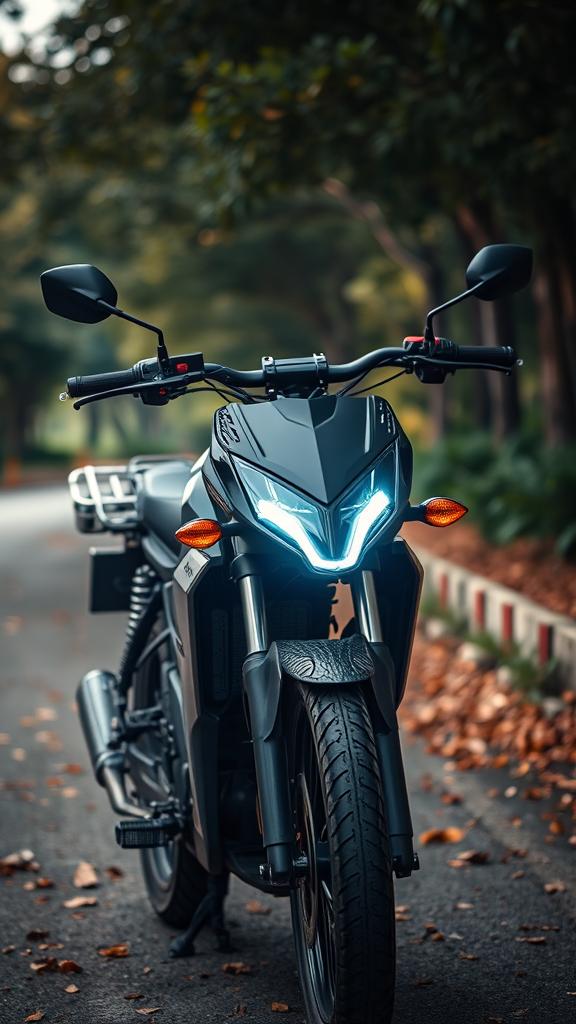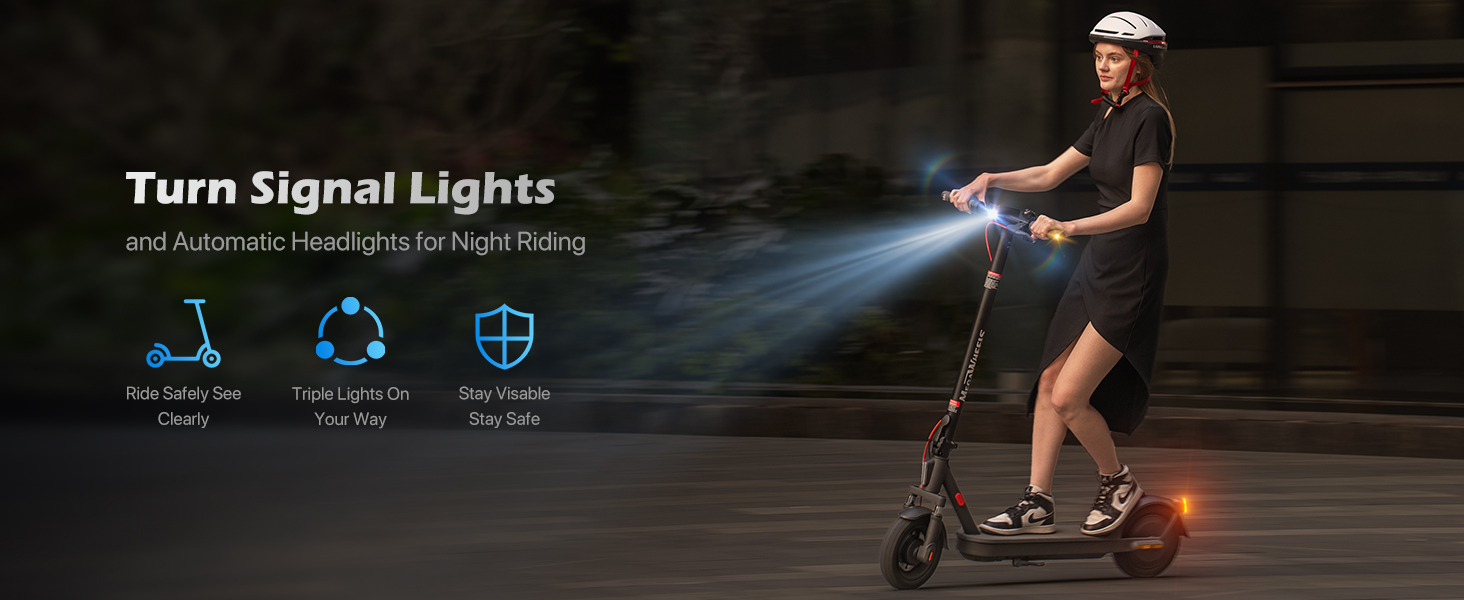Now Reading: Electric Bicycles Manual: The Complete Guide From Basics to Advanced 2025
1
-
01
Electric Bicycles Manual: The Complete Guide From Basics to Advanced 2025
Electric Bicycles Manual: The Complete Guide From Basics to Advanced 2025

Table of Contents
Introduction
Electric Bicycles, are revolutionizing the way we think about personal transportation. Combining the benefits of traditional cycling with modern technology, e-bikes offer an eco-friendly, convenient, and healthy way to travel. Whether you’re commuting to work or exploring scenic trails, e-bikes provide a versatile and efficient mode of transport. In this article, we’ll dive into what e-bikes are, how they work, their benefits, and what to consider before buying one.
What is an E-Bike?
An e-bike is essentially a bicycle equipped with an electric motor and battery, providing assistance to the rider. Unlike motorcycles or scooters, e-bikes require pedaling, though the electric motor can make this significantly easier. The rechargeable battery supplies power to the motor, allowing riders to select from various assistance levels.
Types of E-Bikes
E-bikes are available in diverse styles, each designed to cater to various needs and preferences:
- City E-Bikes: Ideal for urban commuting, these bikes are built for comfort and efficiency on paved roads. These bikes are frequently equipped with practical features such as fenders, lights, and racks.
- Mountain E-Bikes: Designed for off-road adventures, these bikes have robust frames, wider tires, and powerful motors to handle rough terrains.
- Folding E-Bikes: Perfect for those with limited storage space, these bikes can be folded up and easily carried or stored.
- Cargo E-Bikes: Built for carrying heavy loads, these bikes are great for transporting goods or even children.
How Do E-Bikes Work?
E-bikes function by integrating human pedaling with assistance from an electric motor.
Here’s a basic rundown:
- Pedal-Assist: Sensors detect when you’re pedaling and activate the motor to provide assistance.
- Throttle-Controlled: Some e-bikes come with a throttle that can power the bike without pedaling, similar to a scooter.
The motor receives its power from the battery, and riders can typically adjust the assistance level using a control panel mounted on the handlebars.Most e-bikes allow riders to choose how much assistance they receive, from minimal aid to full power.
Benefits of E-Bikes
E-bikes offer numerous advantages that make them an attractive option for many people:
- Eco-Friendly: E-bikes produce zero emissions, making them an environmentally friendly alternative to cars.
- Health Benefits: While e-bikes provide motor assistance, they still encourage physical activity, helping riders stay active and healthy.
- Convenience: E-bikes can make commuting faster and less strenuous, reducing the need for parking and dealing with traffic.
- E-bikes enhance accessibility, making cycling an option for a wider audience, including individuals who might find conventional biking physically demanding.
Considerations Before Buying an Electric Bicycles
Before purchasing an e-bike, consider the following factors:
- Range: How far can the bike travel on a single charge? This is crucial for longer commutes or trips.
- When evaluating an e-bike, it’s important to consider the battery life, including its longevity on a single charge and the convenience of recharging it.
- Motor Power: More powerful motors can handle steeper hills and heavier loads but may reduce battery life.
- Cost: E-bikes can be more expensive than traditional bikes. Set a budget and look for features that justify the cost.
- Maintenance: E-bikes require regular maintenance, including battery care and motor checks.
- Legal Regulations: Be aware of local laws regarding e-bikes, including speed limits and where they can be ridden.
Maintenance Tips
Keeping your e-bike in good condition ensures it remains safe and performs optimally. Here are some maintenance tips:
- Ebike Regular Checks: Inspect tires, brakes, and chains regularly.
- Ebike Battery Care: Follow manufacturer guidelines for charging and storing the battery.
- E-bike Maintenance: Regularly clean your e-bike, particularly after exposure to wet or muddy environments.
- Ebike Professional Servicing: Schedule regular check-ups with a professional to address any potential issues.
The Future of E-Bikes
The future looks bright for e-bikes, with continuous advancements in technology and increasing adoption worldwide. Innovations in battery technology, motor efficiency, and smart features are making e-bikes more accessible and appealing. As cities become more congested and the focus on sustainability grows, e-bikes are poised to play a significant role in urban mobility.
Conclusion
E-bikes offer a compelling blend of convenience, health benefits, and environmental responsibility. Whether you’re looking to reduce your carbon footprint, simplify your commute, or enjoy cycling with a bit of extra help, an e-bike could be an excellent choice. By considering your specific needs and preferences, you can find an e-bike that enhances your lifestyle and contributes to a healthier planet.
Previous Post
Next Post
Loading Next Post...

















